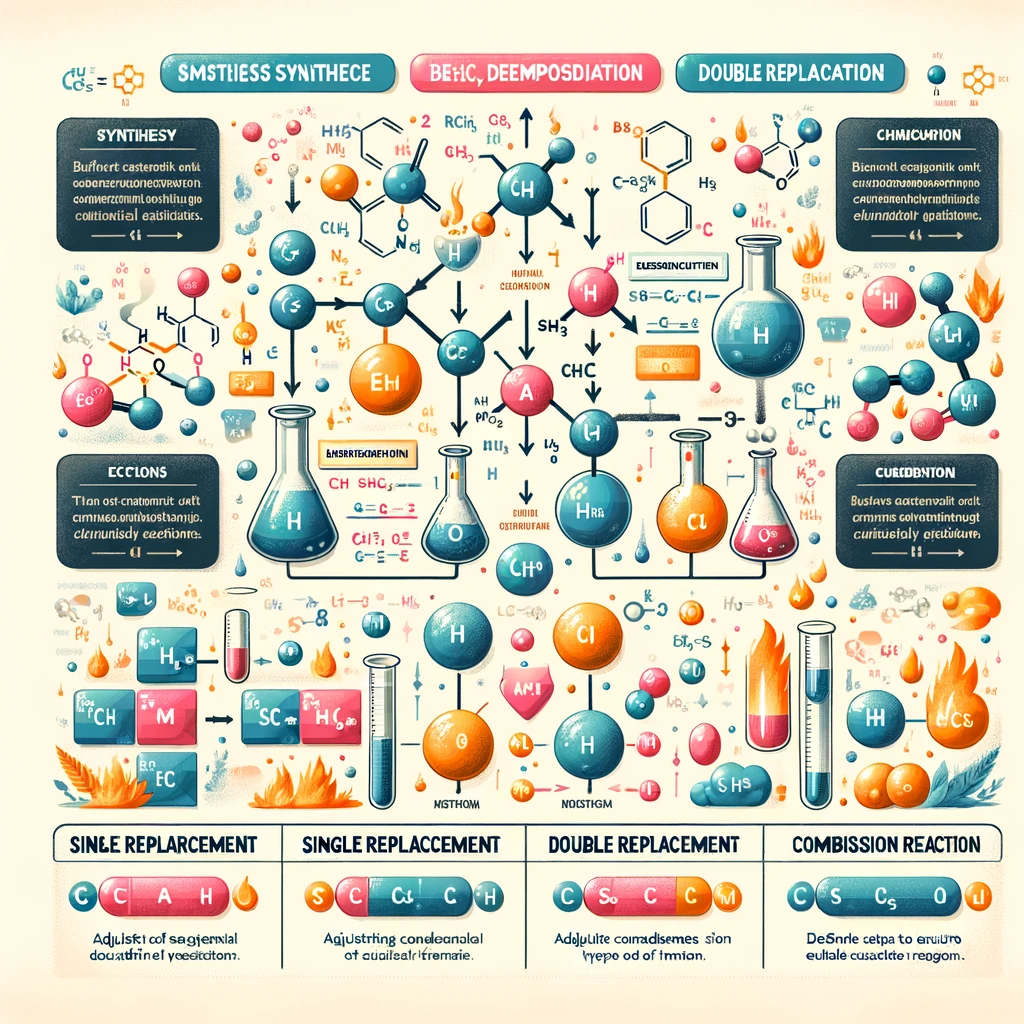
Understanding Chemical Equations: A Comprehensive Guide

Chemical equations are symbolic representations of chemical reactions, where the reactants (substances that undergo a change) are shown on the left side, and the products (new substances formed) are displayed on the right. These equations are balanced to adhere to the law of conservation of mass, ensuring that the number of atoms for each element remains unchanged before and after the reaction.
The Basics of Chemical Equations
At the heart of every chemical equation is the principle that matter cannot be created or destroyed. This principle necessitates that for every atom present in the reactants, there must be an equivalent atom in the products. To achieve this balance, coefficients (numbers placed before chemical formulas) are used to adjust the number of molecules or atoms of the substances involved.
Components of a Chemical Equation
- Reactants: Substances that react with each other. Located on the left side of the equation.
- Products: New substances formed as a result of the reaction. Found on the right side.
- Coefficients: Numbers used to balance the equation, ensuring the same number of atoms for each element on both sides.
- Arrow (→): Indicates the direction of the reaction, from reactants to products.
- Plus sign (+): Used to separate multiple reactants or products.
Types of Chemical Reactions
Chemical equations also give insight into the type of reaction taking place. Common types include:
- Synthesis: Two or more elements or compounds combine to form a more complex product.
- Decomposition: A compound breaks down into simpler products.
- Single Replacement: An element in a compound is replaced by another element.
- Double Replacement: Ions in two compounds exchange places, forming two new compounds.
- Combustion: A substance combines with oxygen, releasing energy in the form of light or heat.
Balancing Chemical Equations
Balancing a chemical equation involves ensuring that the same number of atoms for each element is present on both sides. This process may require adjusting coefficients to preserve the law of conservation of mass. For instance, the combustion of methane (CH₄) in oxygen (O₂) to produce carbon dioxide (CO₂) and water (H₂O) is represented as:
[CH₄ + 2O₂ → CO₂ + 2H₂O]
This equation shows that one molecule of methane reacts with two molecules of oxygen to produce one molecule of carbon dioxide and two molecules of water, maintaining atom balance.
Conclusion
Understanding chemical equations is crucial for students and professionals in the field of chemistry. These equations not only provide a concise way to describe chemical reactions but also offer insights into the quantitative aspects of the reactions, such as the proportions of reactants and products. Mastery of this concept is essential for anyone looking to delve deeper into the scientific study of substances and their interactions.